Home>Home Appliances>Laundry Appliances>Where To Install Water Hammer Arrestor On A Washing Machine
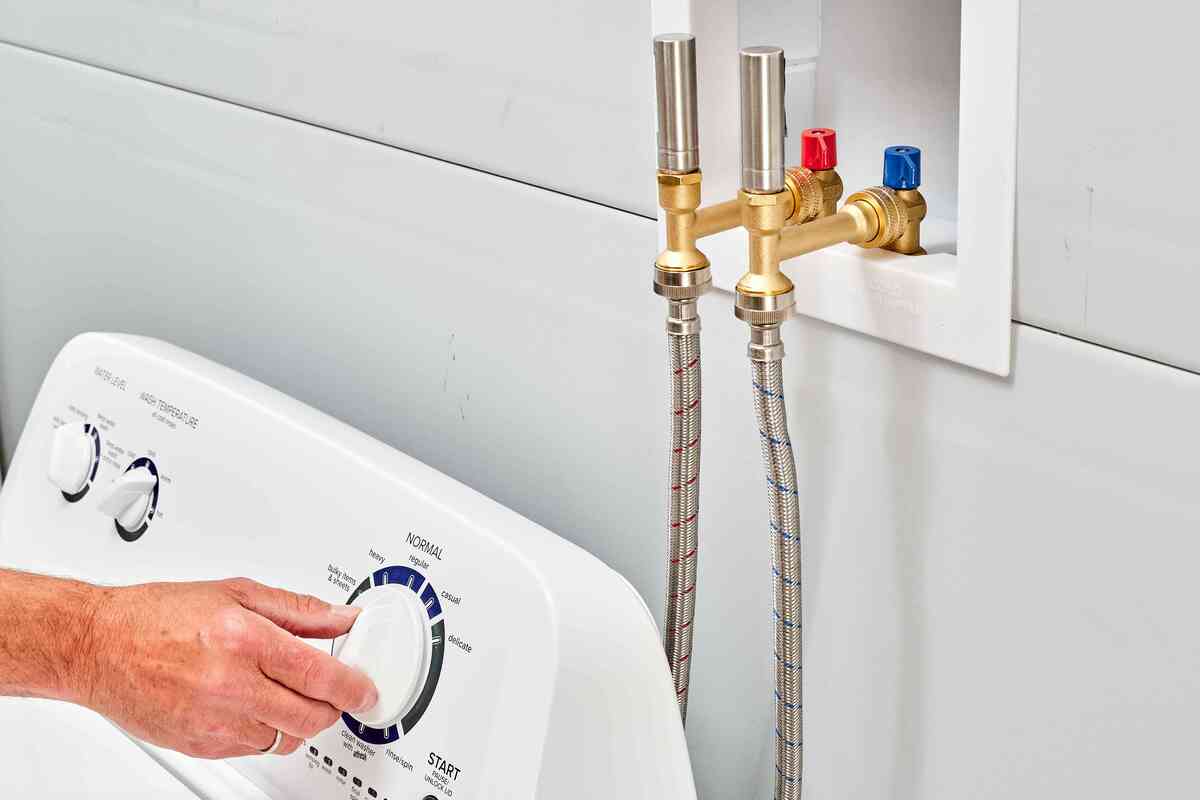

Laundry Appliances
Where To Install Water Hammer Arrestor On A Washing Machine
Published: February 22, 2024
Learn where to install a water hammer arrestor on a washing machine to prevent noisy pipes and potential damage. Get expert tips for laundry appliances.
(Many of the links in this article redirect to a specific reviewed product. Your purchase of these products through affiliate links helps to generate commission for Storables.com, at no extra cost. Learn more)
Introduction
When it comes to the efficient operation of laundry appliances, such as washing machines, it's essential to consider not only the primary functions of these devices but also the potential issues that can arise during their use. One such issue that often goes unnoticed is water hammer, a phenomenon that can cause disruptive and damaging effects within a plumbing system. Understanding the impact of water hammer and how to address it is crucial for maintaining the longevity and performance of your washing machine.
Water hammer occurs when the flow of water is suddenly halted or redirected within a plumbing system, leading to a rapid increase in pressure. This abrupt surge can result in a series of loud, banging noises, which not only disrupt the peace and quiet of your home but also pose a risk to the integrity of your plumbing infrastructure. The force generated by water hammer can place undue stress on pipes, valves, and appliances, potentially leading to leaks, damage, and premature wear and tear.
To mitigate the adverse effects of water hammer, it's important to consider the installation of a water hammer arrestor. This specialized device is designed to absorb the shock caused by sudden changes in water flow, effectively preventing the development of water hammer and its associated problems. By incorporating a water hammer arrestor into your washing machine's plumbing system, you can safeguard not only the appliance itself but also the overall health of your home's plumbing network.
In this comprehensive guide, we will delve into the intricacies of water hammer, explore the significance of water hammer arrestors, and provide valuable insights into the optimal placement of these devices within the context of washing machine installations. By gaining a deeper understanding of these concepts, you will be better equipped to address potential water hammer issues and ensure the smooth and reliable operation of your washing machine for years to come. Let's embark on this enlightening journey to unravel the mysteries of water hammer and its impact on laundry appliances.
Key Takeaways:
- Water hammer can cause disruptive banging noises and damage to plumbing. Installing a water hammer arrestor near the washing machine can prevent these issues, ensuring a quieter and longer-lasting appliance.
- Water hammer arrestors absorb pressure fluctuations, protecting washing machines and promoting water conservation. Placing them near the machine’s water supply connections is crucial for optimal effectiveness.
Understanding Water Hammer
Water hammer, also known as hydraulic shock, is a common yet often overlooked phenomenon that can wreak havoc within plumbing systems. This disruptive occurrence occurs when the flow of water is abruptly halted or redirected, leading to a sudden surge in pressure. The resulting shockwave can reverberate through the pipes, causing a series of loud, banging noises that can be both alarming and detrimental to the integrity of the plumbing infrastructure.
The root cause of water hammer can be traced back to the fundamental principles of fluid dynamics. When water flows through a pipe, it carries with it a certain amount of kinetic energy. However, when the flow is suddenly obstructed, such as when a valve is closed or a faucet is turned off, this kinetic energy is converted into pressure, creating a rapid spike in the water's force within the pipe. This surge in pressure manifests as a shockwave that travels through the plumbing system, resulting in the characteristic banging sounds associated with water hammer.
The impact of water hammer extends beyond mere auditory disturbances. The force generated by the shockwave can exert significant stress on the pipes, joints, and fixtures within the plumbing network. Over time, this repeated stress can lead to structural damage, including the loosening of connections, the development of leaks, and even the degradation of pipe integrity. Furthermore, the sudden pressure fluctuations can adversely affect the performance and longevity of connected appliances, such as washing machines, dishwashers, and water heaters.
It's important to note that water hammer is not limited to residential plumbing systems. Industrial and commercial facilities are also susceptible to the damaging effects of hydraulic shock, albeit on a larger scale. In these contexts, the consequences of water hammer can be even more severe, potentially leading to catastrophic failures and costly downtime.
In essence, understanding water hammer involves recognizing its underlying causes and the potential ramifications it can have on plumbing systems and connected appliances. By gaining insight into the dynamics of water hammer, individuals can take proactive measures to mitigate its effects and safeguard their plumbing infrastructure against the disruptive forces of hydraulic shock.
Install a water hammer arrestor on the hot and cold water supply lines behind the washing machine. This will help reduce the banging noise caused by water pressure fluctuations.
Importance of Water Hammer Arrestor
The significance of a water hammer arrestor cannot be overstated when it comes to preserving the integrity of plumbing systems and connected appliances. These specialized devices play a pivotal role in mitigating the disruptive effects of water hammer, thereby ensuring the smooth and reliable operation of washing machines and other fixtures.
Water hammer arrestors act as shock absorbers within plumbing systems, effectively dampening the sudden pressure fluctuations that occur when water flow is abruptly halted or redirected. By absorbing the kinetic energy generated during such events, these devices prevent the development of hydraulic shockwaves, which can lead to a myriad of issues, including noisy disturbances, structural damage to pipes, and premature wear and tear on appliances.
One of the primary benefits of water hammer arrestors is their ability to enhance the overall efficiency and longevity of washing machines. By minimizing the impact of water hammer, these devices help maintain consistent water pressure within the appliance's plumbing connections, thereby reducing stress on internal components and prolonging the machine's operational lifespan. This, in turn, translates to cost savings for homeowners, as it mitigates the need for frequent repairs or premature replacements of washing machines.
Furthermore, water hammer arrestors contribute to a quieter and more peaceful home environment by eliminating the disruptive banging noises associated with hydraulic shock. This not only enhances the comfort of residents but also prevents potential disturbances to neighboring households, thereby fostering a harmonious living environment.
From a broader perspective, the installation of water hammer arrestors aligns with sustainable and responsible water usage practices. By minimizing pressure fluctuations and reducing the risk of leaks or pipe damage, these devices contribute to water conservation efforts and promote the efficient utilization of this precious resource.
In commercial and industrial settings, the importance of water hammer arrestors is amplified, as the potential consequences of hydraulic shock can have far-reaching implications, including costly downtime, equipment damage, and safety hazards. By integrating water hammer arrestors into complex plumbing networks, businesses can safeguard their operations and minimize the risk of disruptive and costly incidents.
In essence, the importance of water hammer arrestors lies in their ability to protect plumbing systems, preserve the longevity of appliances, and promote a sustainable approach to water management. By addressing the disruptive effects of water hammer, these devices play a crucial role in maintaining the functionality and integrity of washing machines and other connected fixtures, ultimately contributing to a more efficient, cost-effective, and harmonious living environment.
Location of Water Hammer Arrestor on a Washing Machine
When it comes to the optimal placement of a water hammer arrestor in the context of a washing machine installation, several key considerations come into play. The primary objective is to strategically position the water hammer arrestor within the plumbing system to effectively mitigate the disruptive effects of hydraulic shock and safeguard the overall performance and longevity of the washing machine.
Ideally, the water hammer arrestor should be installed as close to the washing machine as possible, preferably within the immediate vicinity of the appliance's water supply connections. This strategic placement ensures that the arrestor can directly absorb the shockwaves generated by sudden changes in water flow, effectively preventing the transmission of disruptive pressure fluctuations to the washing machine and the surrounding plumbing network.
In practical terms, the water hammer arrestor can be integrated into the washing machine's hot and cold water supply lines, typically near the inlet valves. By incorporating the arrestor at this juncture, it serves as a buffer against the abrupt cessation of water flow, which is a common trigger for water hammer within the context of washing machine operations.
Furthermore, the installation of the water hammer arrestor should adhere to industry best practices and local plumbing codes to ensure compliance and optimal functionality. This may involve consulting with a qualified plumber or adhering to manufacturer guidelines to determine the most suitable placement and installation method for the specific type and model of the washing machine and water hammer arrestor being utilized.
It's important to note that the precise location of the water hammer arrestor may vary depending on the layout of the plumbing system, the configuration of the washing machine, and other factors specific to the installation environment. As such, a customized approach that takes into account these variables is essential to maximize the effectiveness of the water hammer arrestor in mitigating the disruptive effects of hydraulic shock.
In summary, the strategic placement of a water hammer arrestor in the vicinity of a washing machine is crucial for minimizing the impact of water hammer and preserving the integrity of the appliance and the surrounding plumbing infrastructure. By adhering to best practices and considering the unique characteristics of the installation environment, homeowners can ensure that the water hammer arrestor fulfills its vital role in maintaining the smooth and reliable operation of their washing machines.
Frequently Asked Questions about Where To Install Water Hammer Arrestor On A Washing Machine
Was this page helpful?
At Storables.com, we guarantee accurate and reliable information. Our content, validated by Expert Board Contributors, is crafted following stringent Editorial Policies. We're committed to providing you with well-researched, expert-backed insights for all your informational needs.
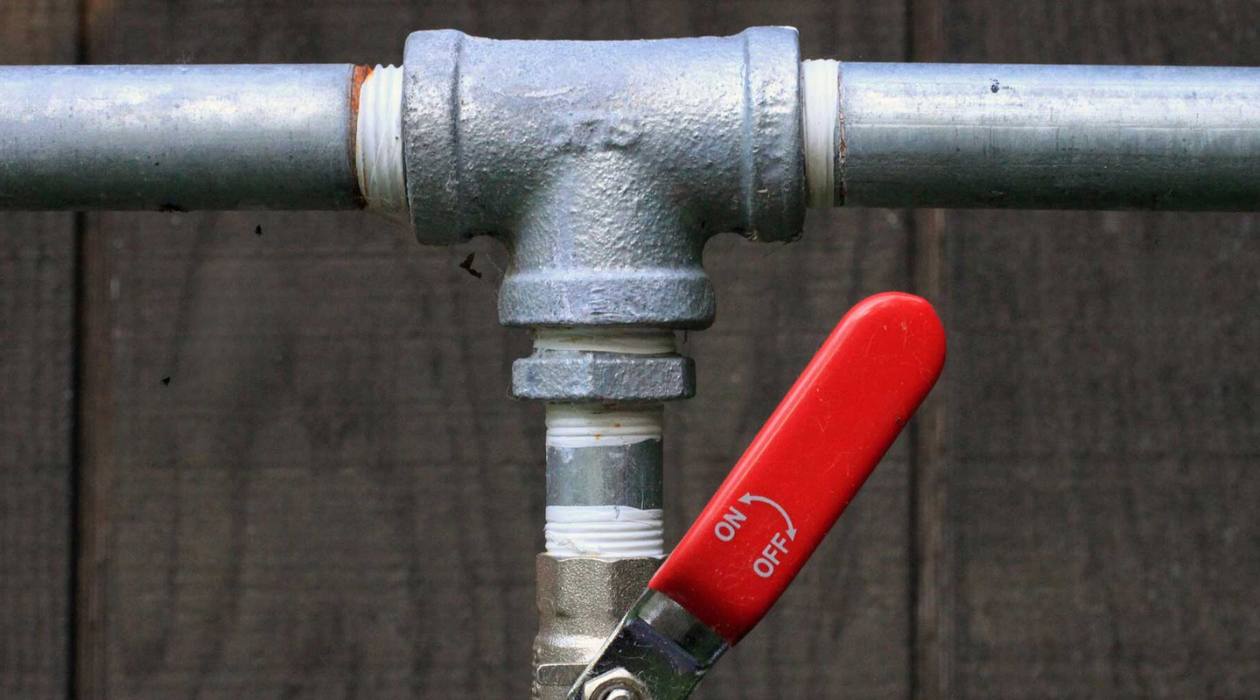
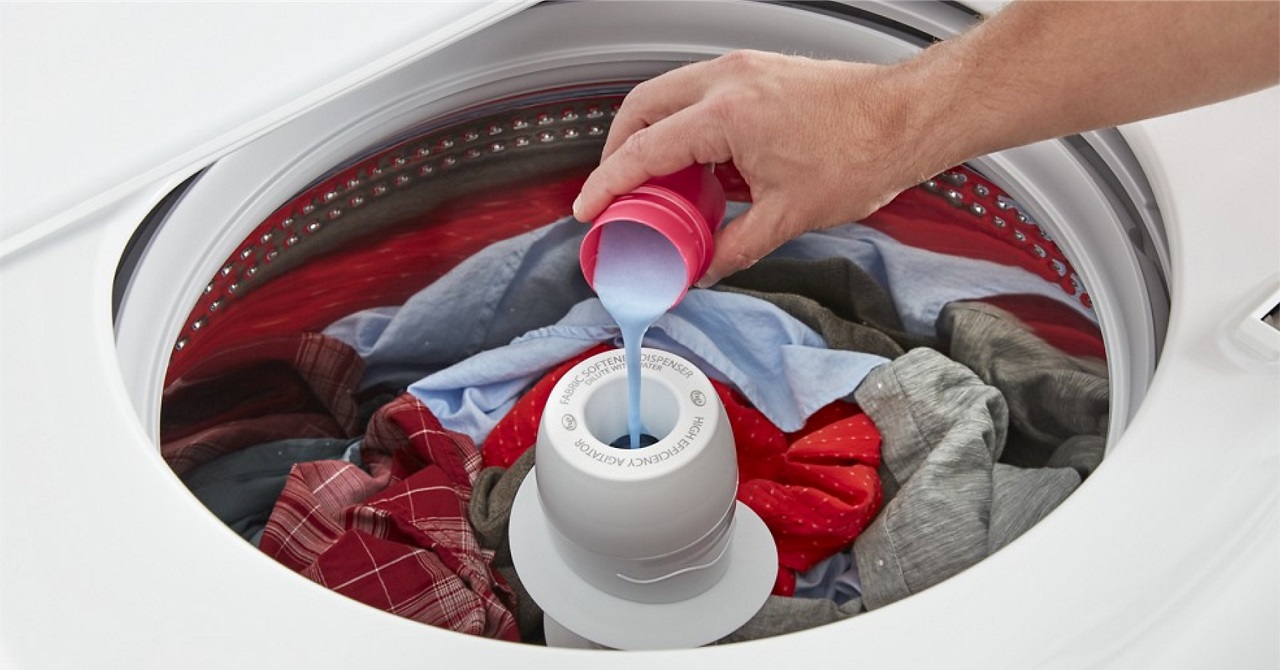
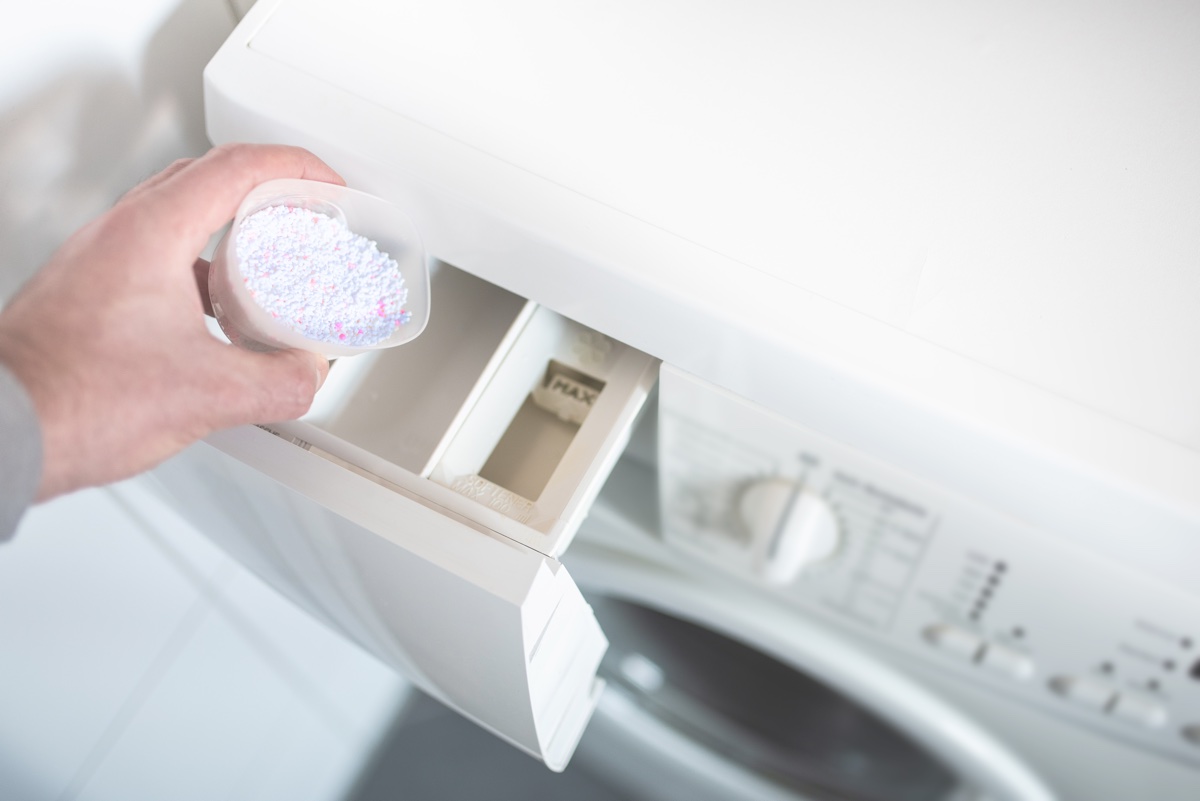
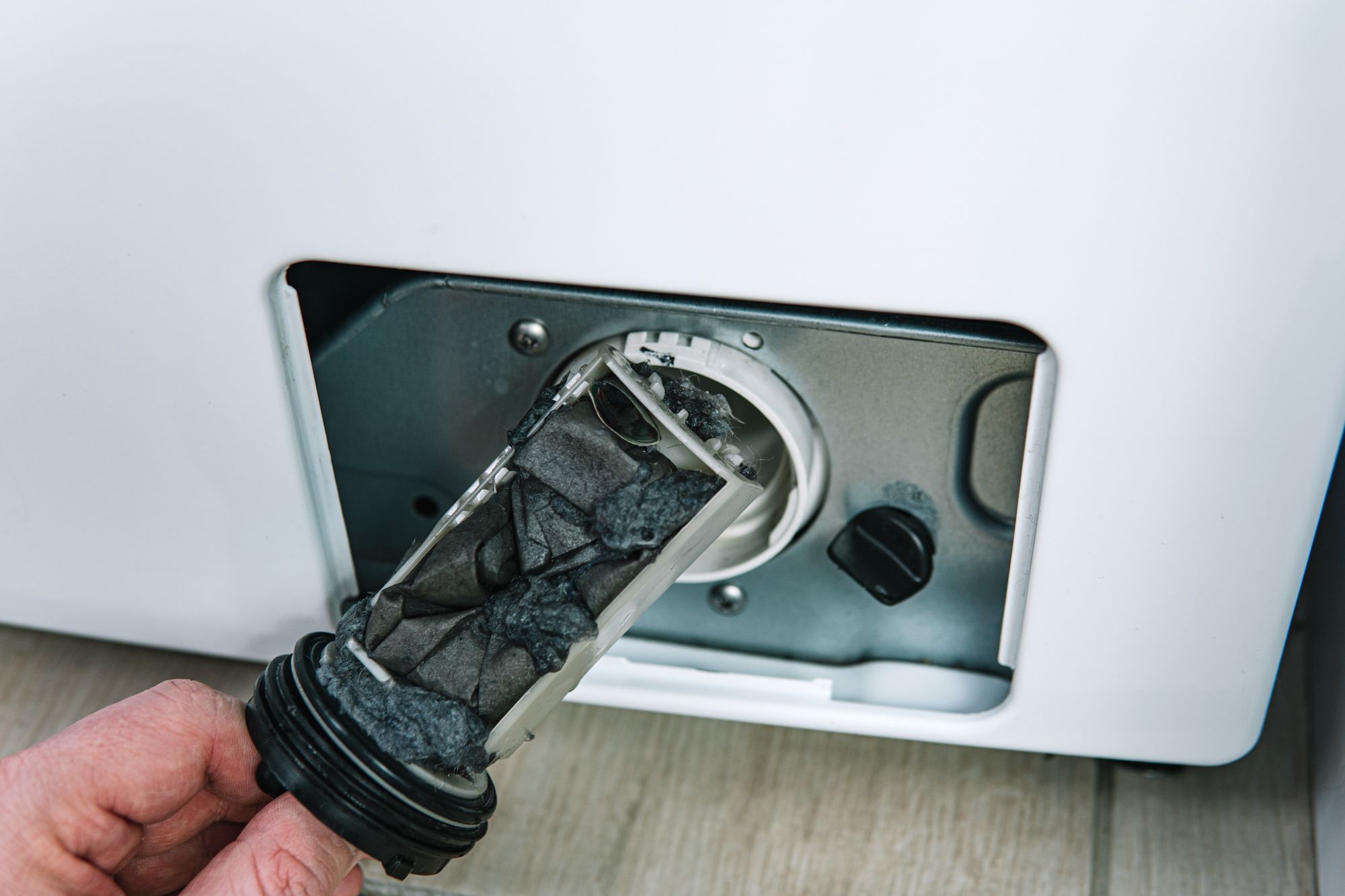
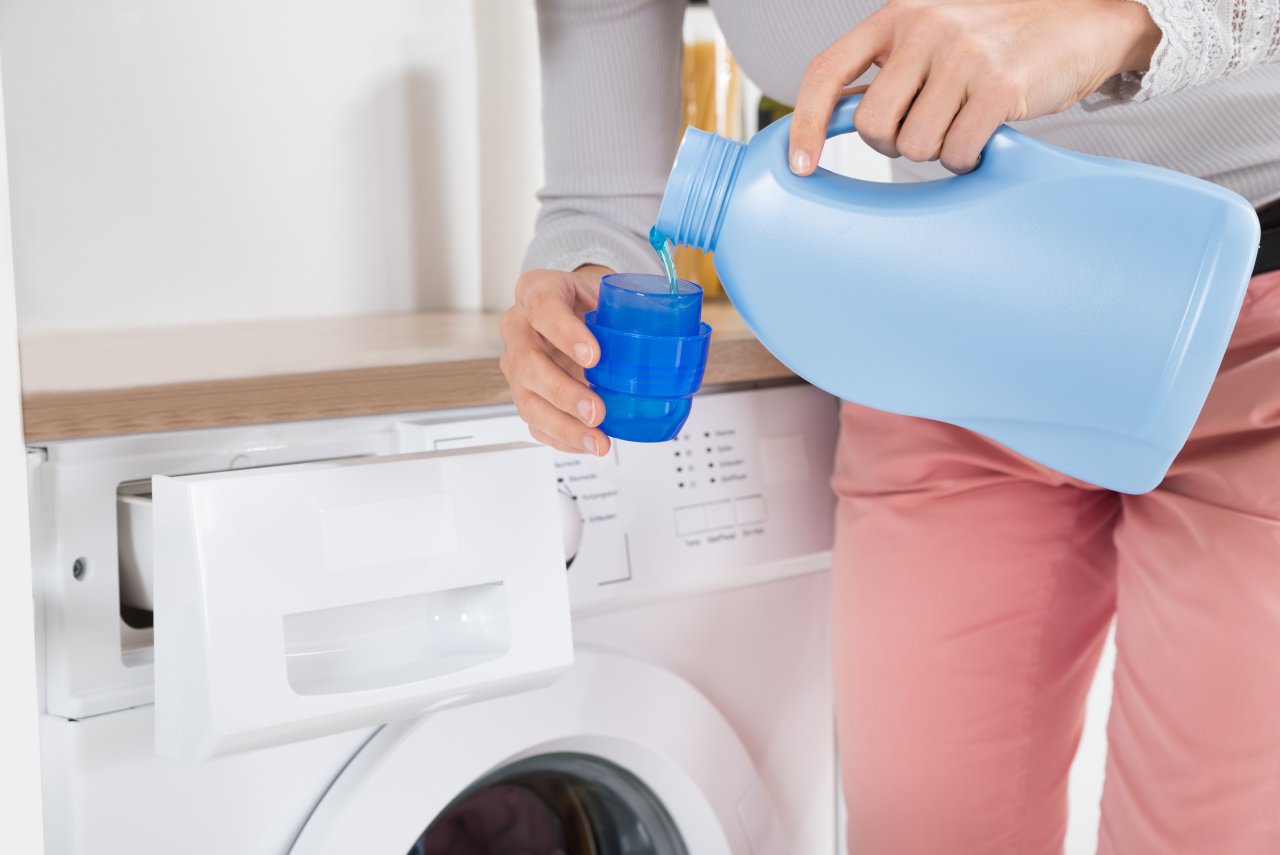
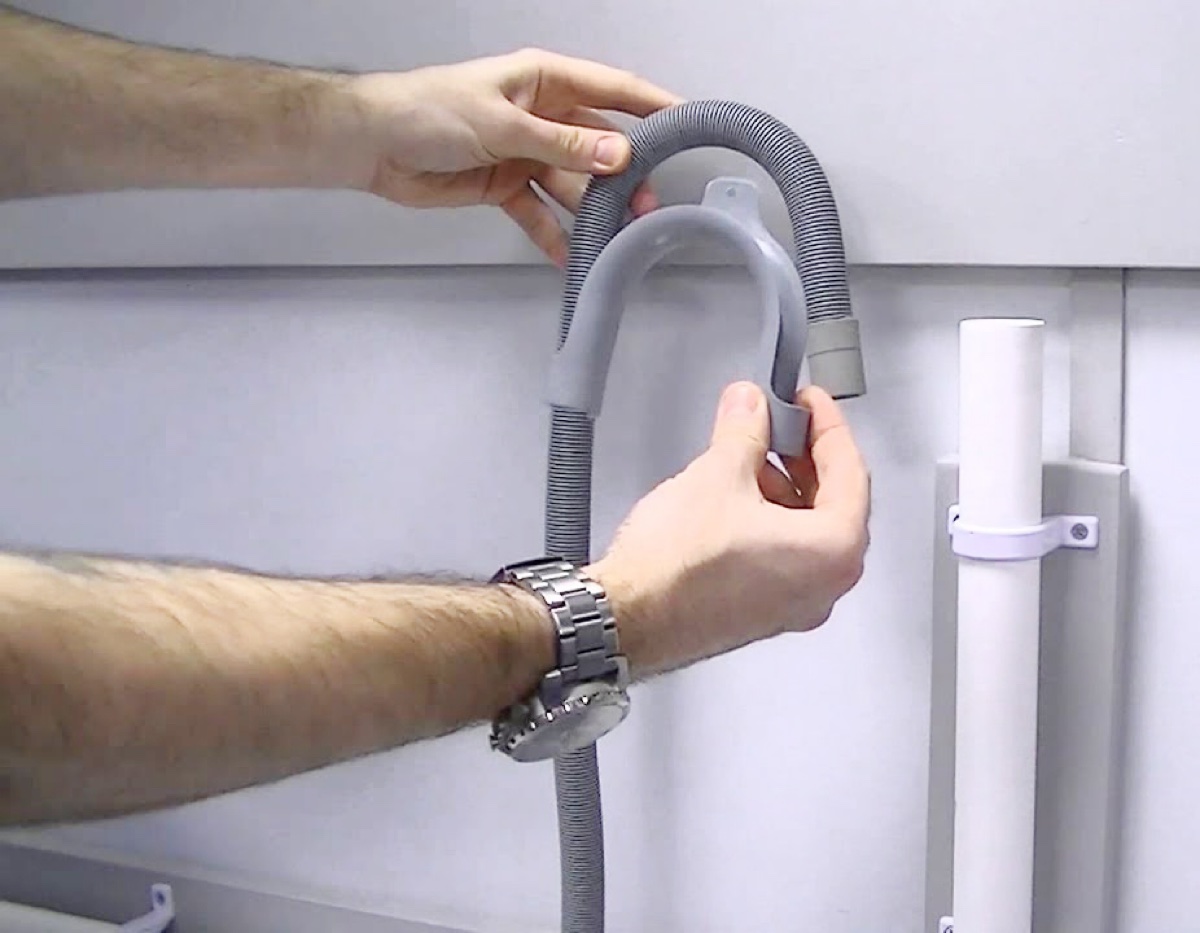
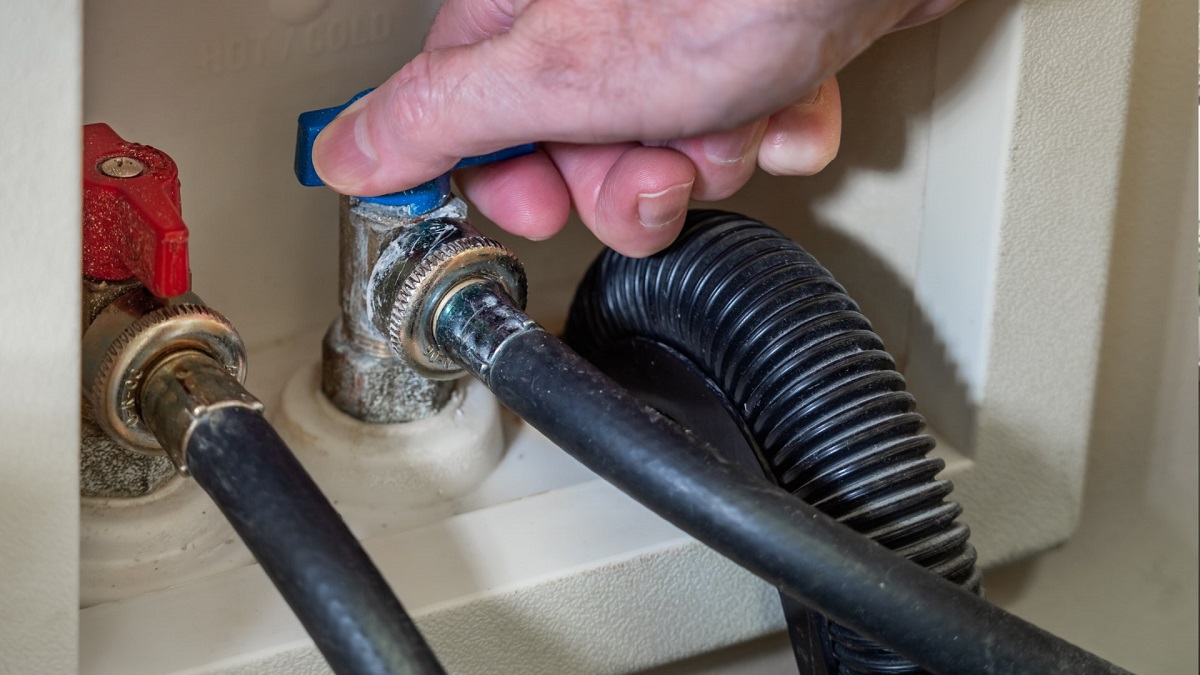
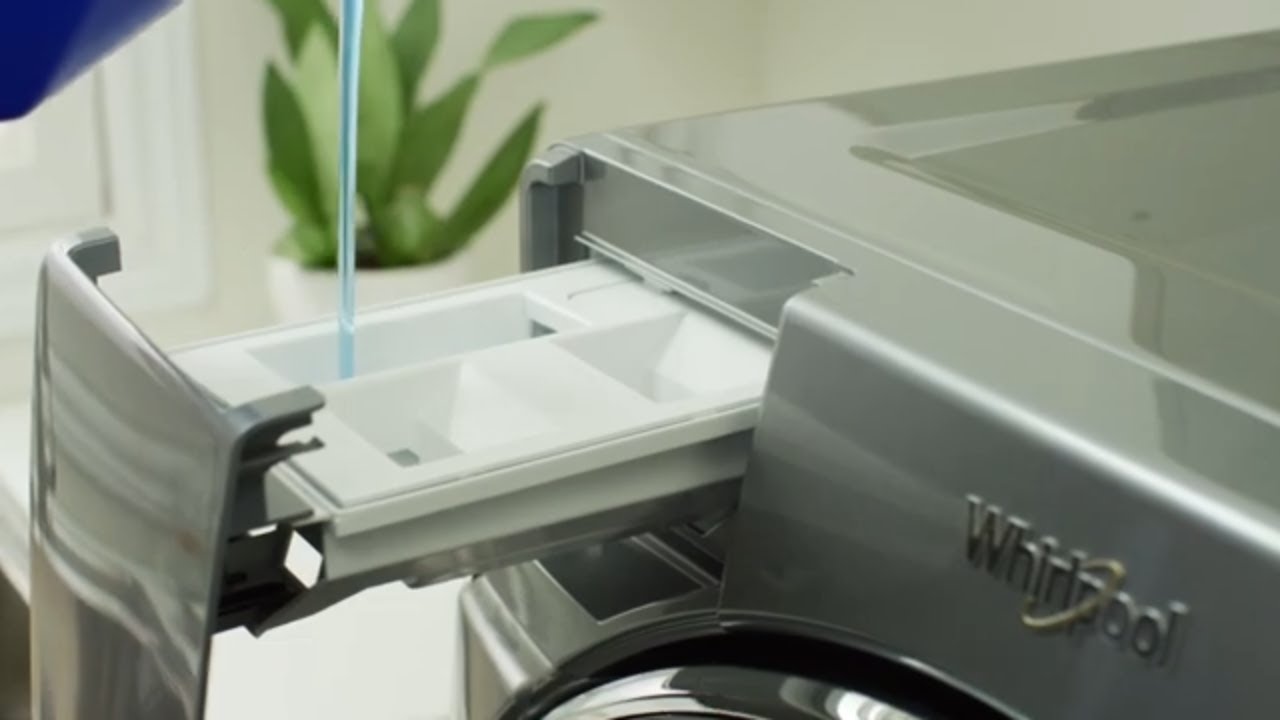
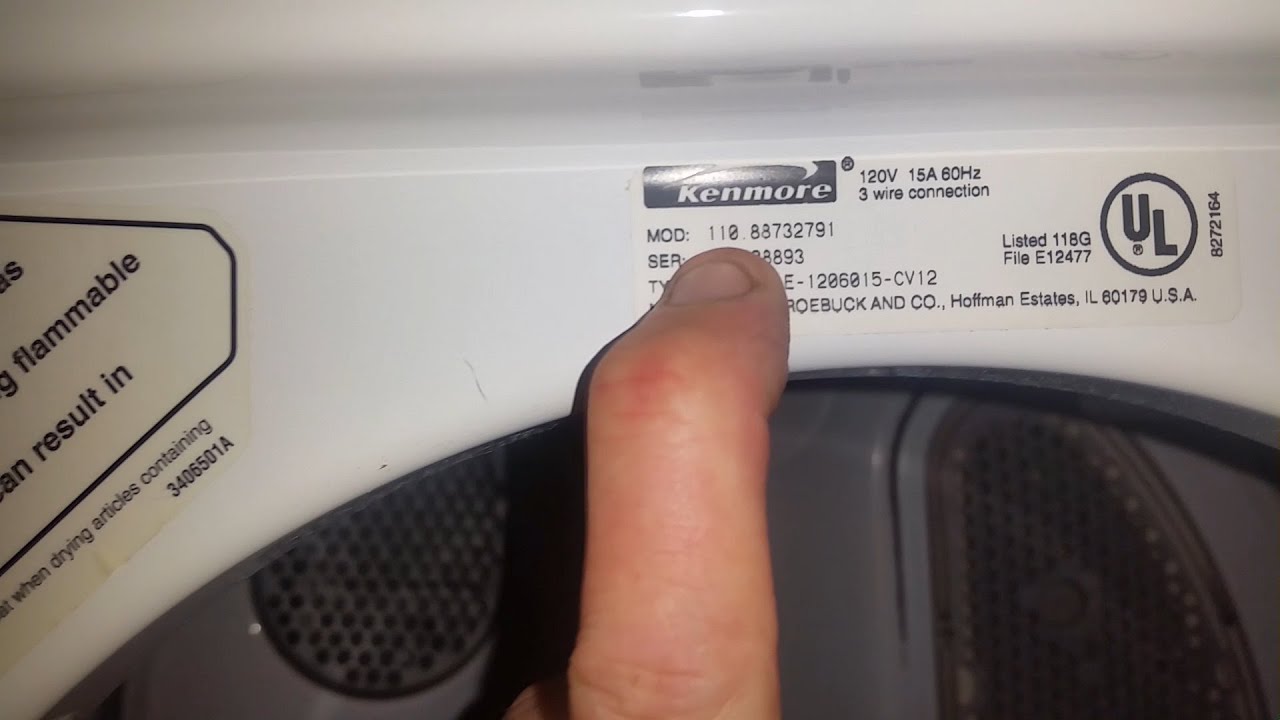
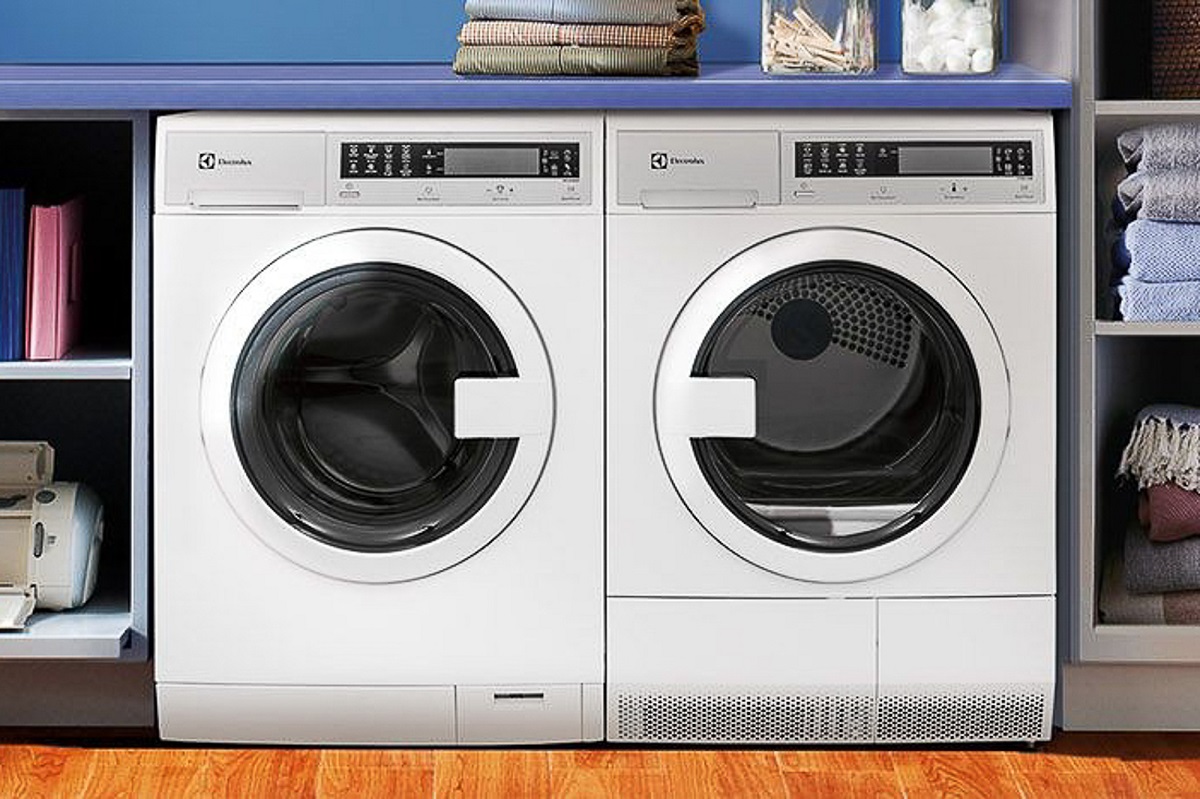
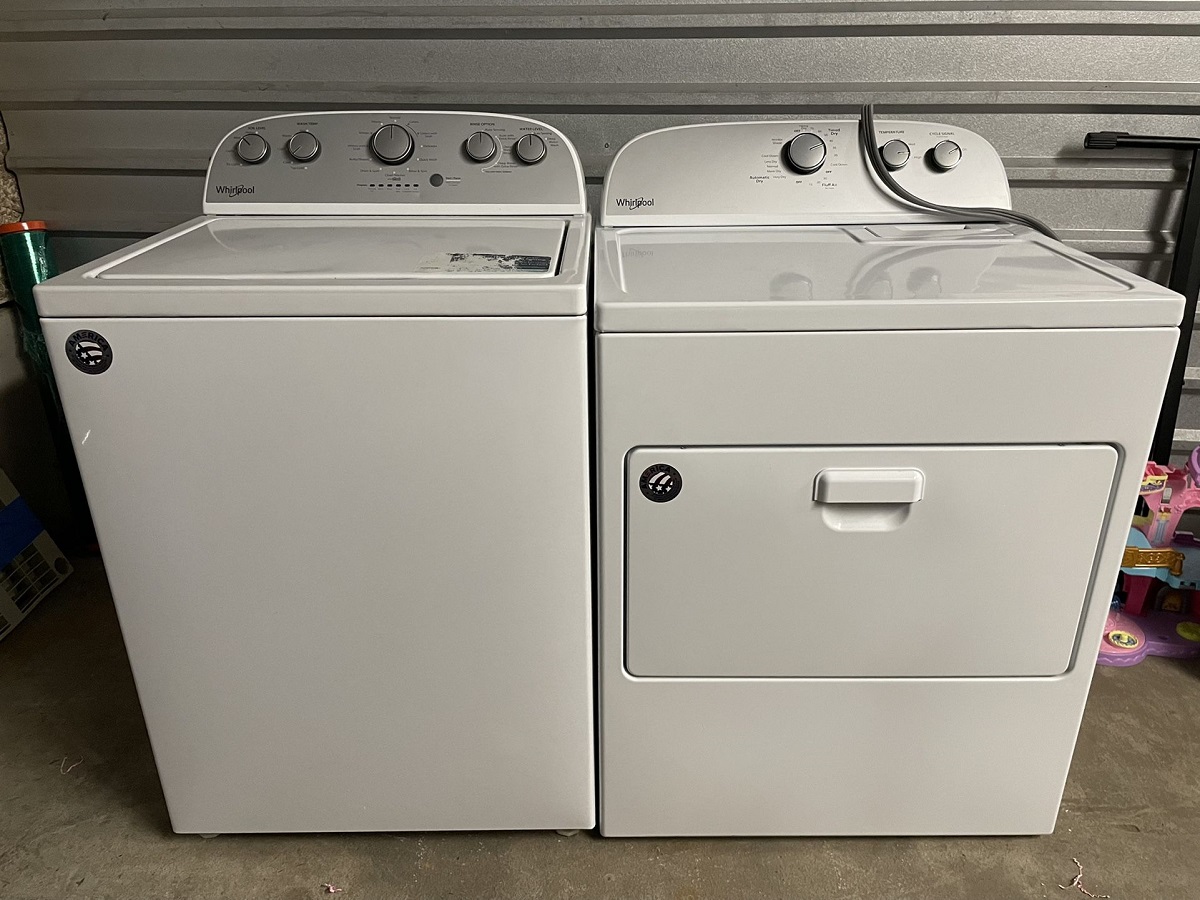
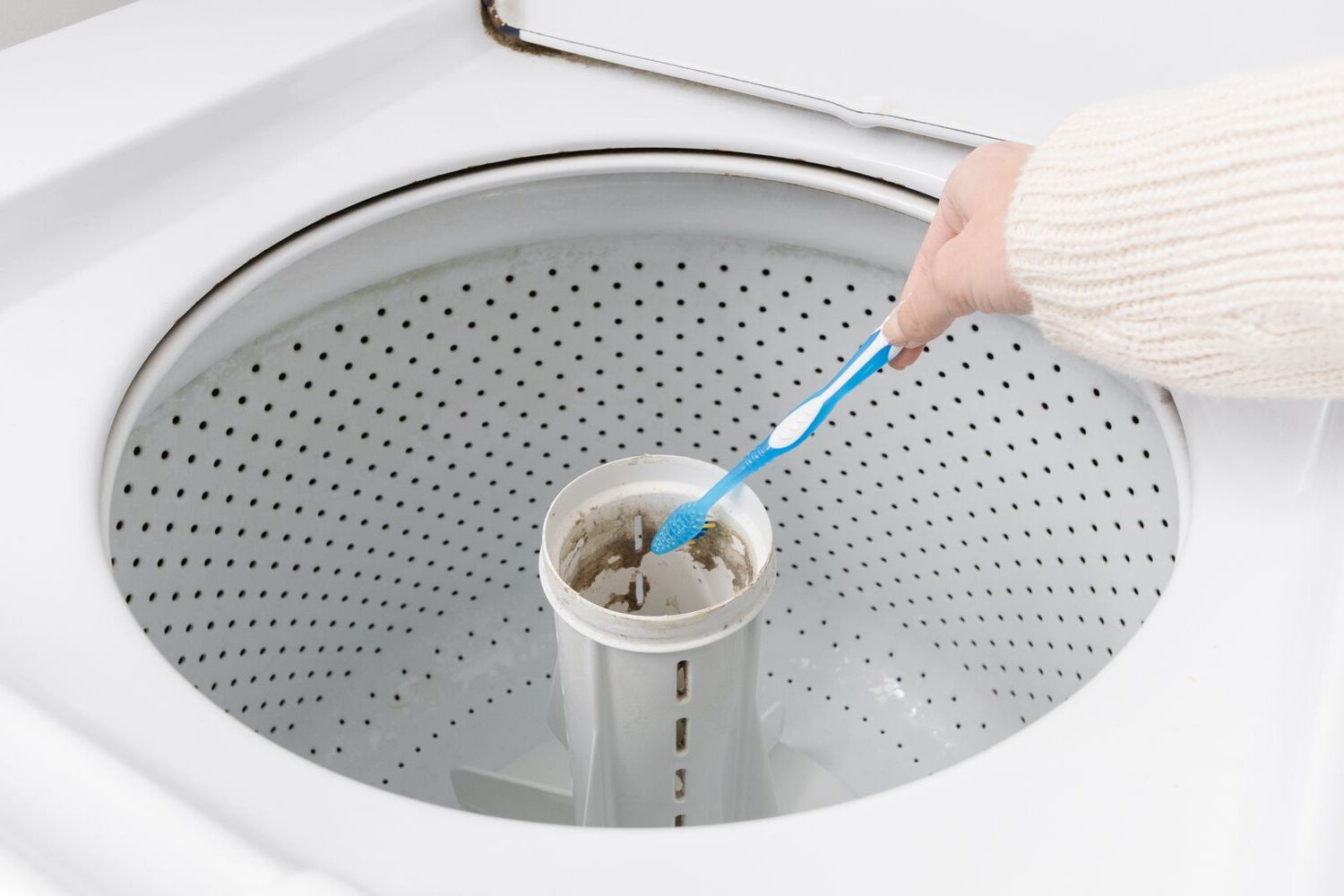
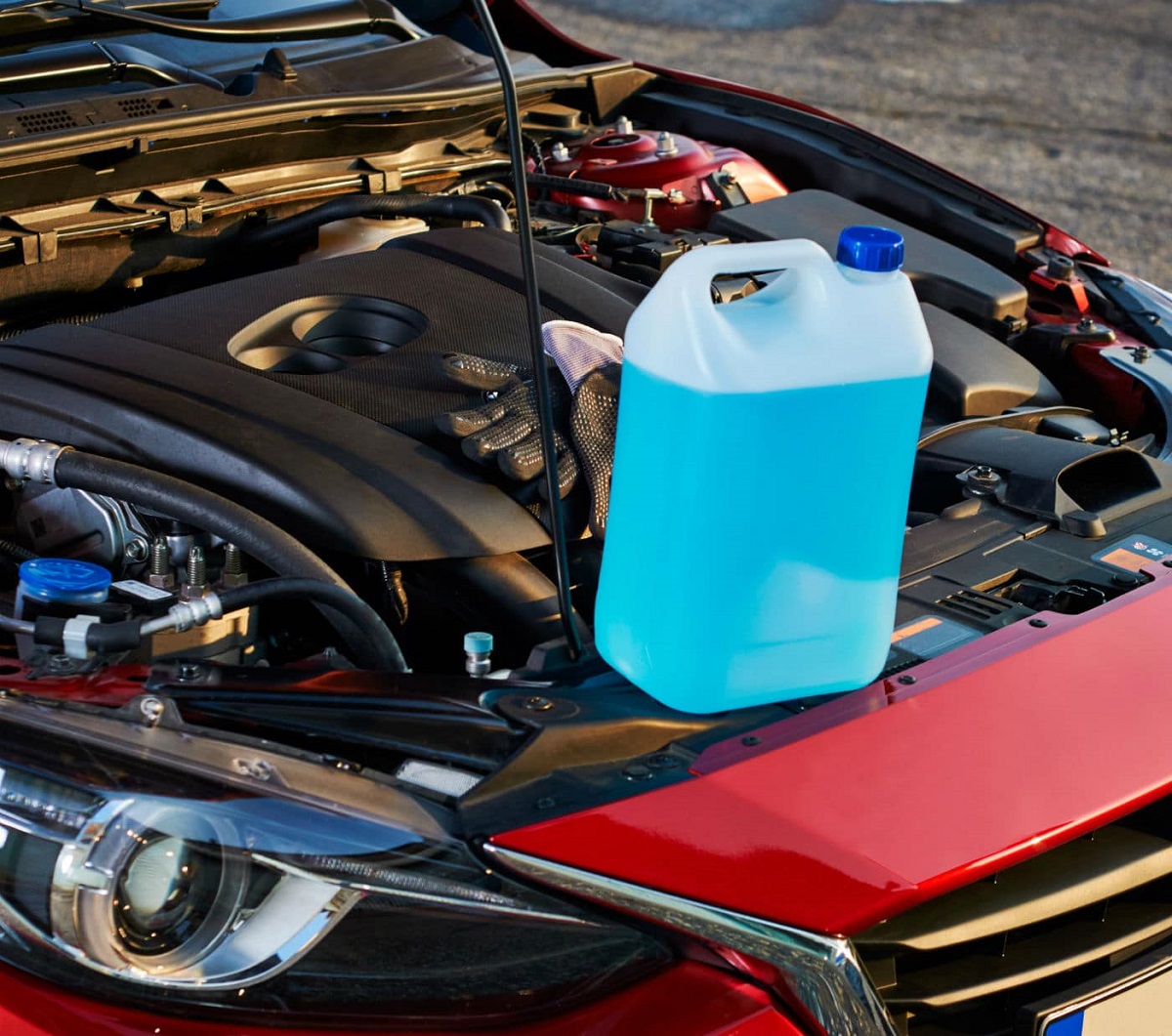
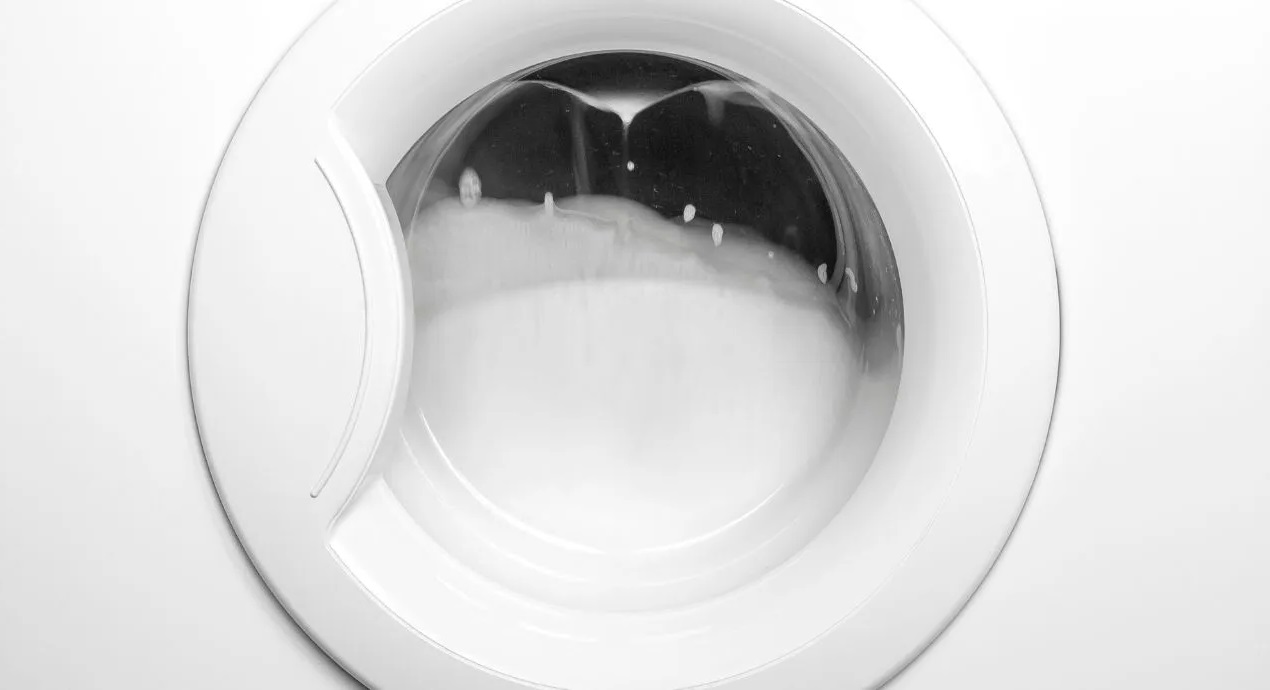
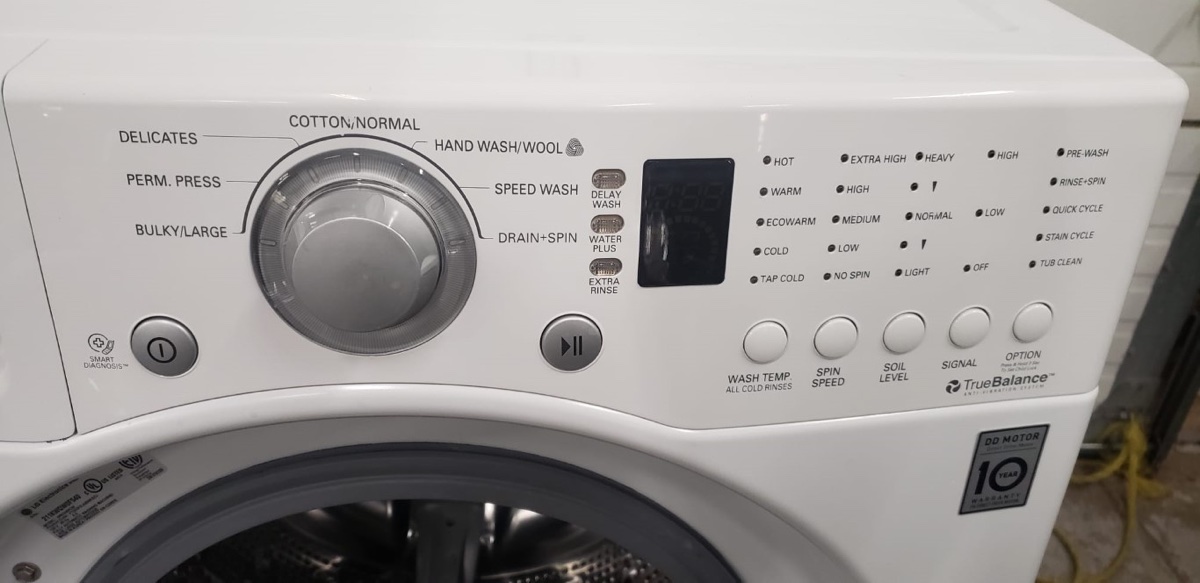

0 thoughts on “Where To Install Water Hammer Arrestor On A Washing Machine”